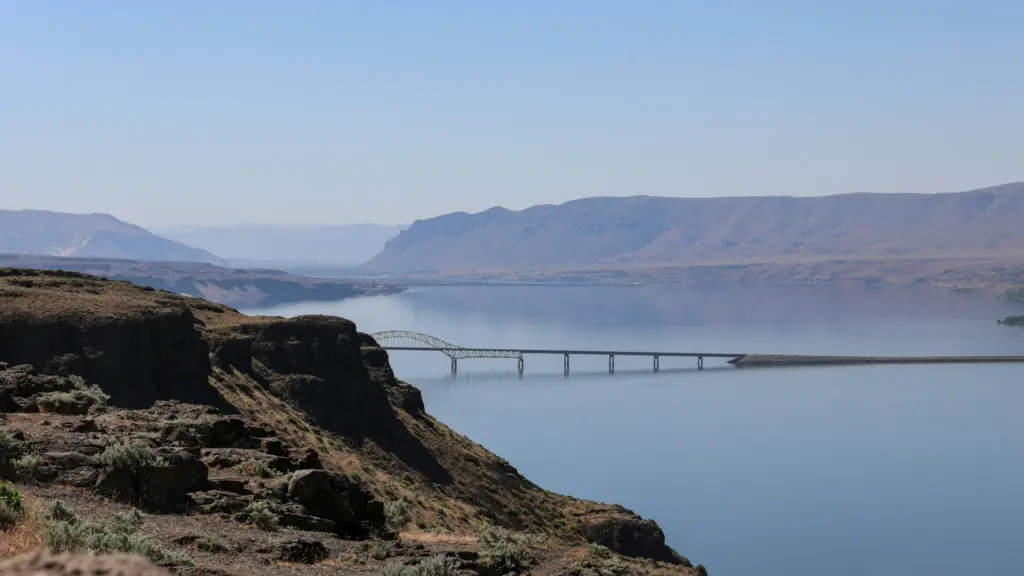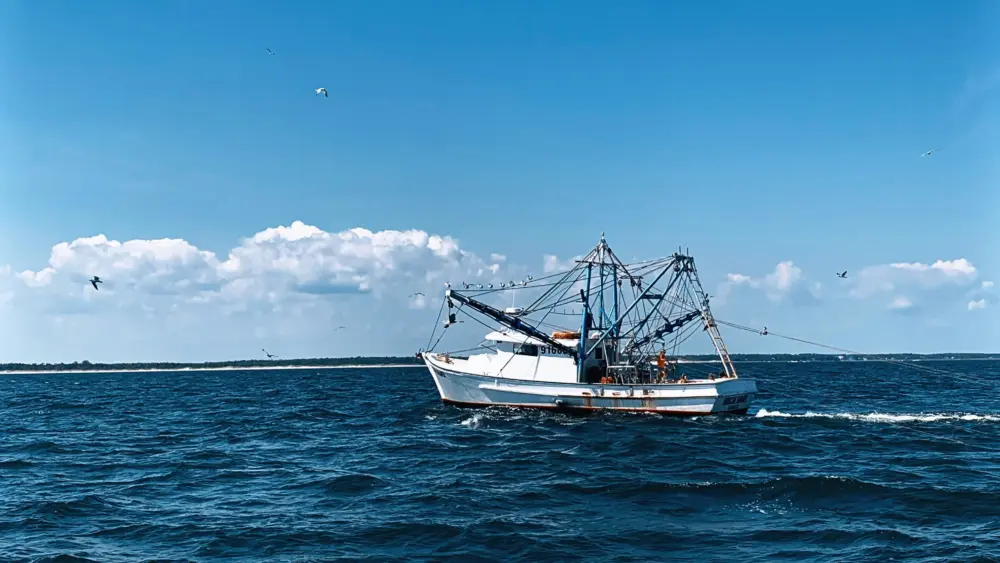WASHINGTON STATE – $1.5 billion project to bury a 1-foot-thick and 100-mile-long high voltage power transmission line under the Columbia River turned down fast-tracked federal permitting approval offered by a Trump administration executive order earlier this summer.
Although the Cascade Renewable Transmission System project will move through a slower federal permitting process, it has to wait for permits from Oregon and Washington anyway. But this track may avoid alienating the two blue states.
“We chose to go with the standard process,” said Chris Hocker, the project’s lead and a senior vice president for PowerBridge, the project’s parent company.
“We felt that simply asking for this expedited approval wouldn’t necessarily have any impact on what the states would be doing in terms of their review authority,” he added. “And so we saw very little advantage, and we thought it might undermine the coordinated effort.”
Hocker said PowerBridge also picked the standard federal permitting process because of the complexity of the project, which will bury a transmission line 10 to 15 feet under a giant river between two states, and will require tribal consultation.
A Reuters news analysis last week said the U.S. Army Corps of Engineers invoked President Donald Trump’s order declaring a national energy emergency to expedite the project.
But Kerry Solan, a spokesperson for the U.S. Army Corps of Engineers’ Portland District, said in an email that was wrong and added the project had opted out of the “emergency processing procedures.”
Bypassing bottlenecks
The project aims to beef up power transmission infrastructure between where electricity is generated east of the Cascades and where it’s consumed, which is in population centers along the Interstate 5 corridor. It would also move power past transmission bottlenecks in Portland to an important north-south high voltage transmission route and to data centers on the city’s west side, Hocker said.
The project comes at a time when power planners say the region is in desperate need of power and power lines to move it. The region has less available power as clean energy laws in Washington and Oregon increasingly block fossil-fuel-generated electricity. Meanwhile, power demand is expected to potentially double in coming decades because of growing consumption from data centers, as well as home and vehicle electrification.
“More transmission is absolutely needed, whether it’s our project or anybody else’s project,” Hocker said.
Not without a fight
While the Cascade Renewable Transmission project between The Dalles and the Vancouver-Portland area has come at an opportune time, that doesn’t mean it has a clear path to approval.
“Columbia Riverkeeper does have major concerns about this project — specifically, the short-term and long-term environmental impacts of dredging a giant trench through the river and the impacts to aquatic species,” said Teryn Yazdani, a staff attorney for the organization.
Yazdani also fears the project would set a precedent, eventually turning the river — which is already pushed to its limits by power infrastructure — into a utility highway.
The proposed transmission project also stands to harm tribes’ treaty-protected fishing rights and sovereignty, said Julie Carter, a lawyer and longtime policy analyst for the Columbia River Inter-Tribal Fishing Commission.
“It’s death by 1,000 cuts,” she said. “They want to dig into critical habitat — habitat that’s needed for … salmon and steelhead, for Pacific lamprey.”
Carter said she worries in particular about lamprey, a species Native nations in the Columbia Basin have worked hard to save. So little is known about lamprey that the project could dig its channel right into the middle of their migration route.
Carter said PowerBridge hasn’t released enough specifics about the project for the Columbia River Inter-Tribal Fishing Commission to fully understand its impacts.
“There’s so many questions for us that we’re just scratching our heads,” Carter said.
Permitting march
The Corps echoed that sentiment earlier this year when it said the project’s permitting applications didn’t have enough information.
But Hocker said PowerBridge has since provided the Corps more details and the federal agency has started consulting with regional Native nations about the proposed project.
“It’s really up to the Corps to determine the next steps, but I expect that they will need to delve further into the environmental impacts of the project,” he said.
Solan of the Corps said the agency currently considers the application closed.
“We are working with the applicant to obtain additional information necessary for us to move forward with a thorough review and evaluation,” she said.
On the state permitting front, the project expects to submit siting applications to Washington and Oregon “in the next month or so,” Hocker said.
“It’s been the product of a lot of work and a lot of studies in an attempt to answer the many questions that arise for a project like this, particularly one that has never been considered in the region,” he said.
If all goes well, Hocker said the process will take a couple more years before the project can break ground.
This article was first published by The Columbian through the Murrow News Fellowship, a state-funded program managed by Washington State University.
Washington State Standard is part of States Newsroom, a nonprofit news network supported by grants and a coalition of donors as a 501c(3) public charity. Washington State Standard maintains editorial independence. Contact Editor Bill Lucia for questions: info@washingtonstatestandard.com.





